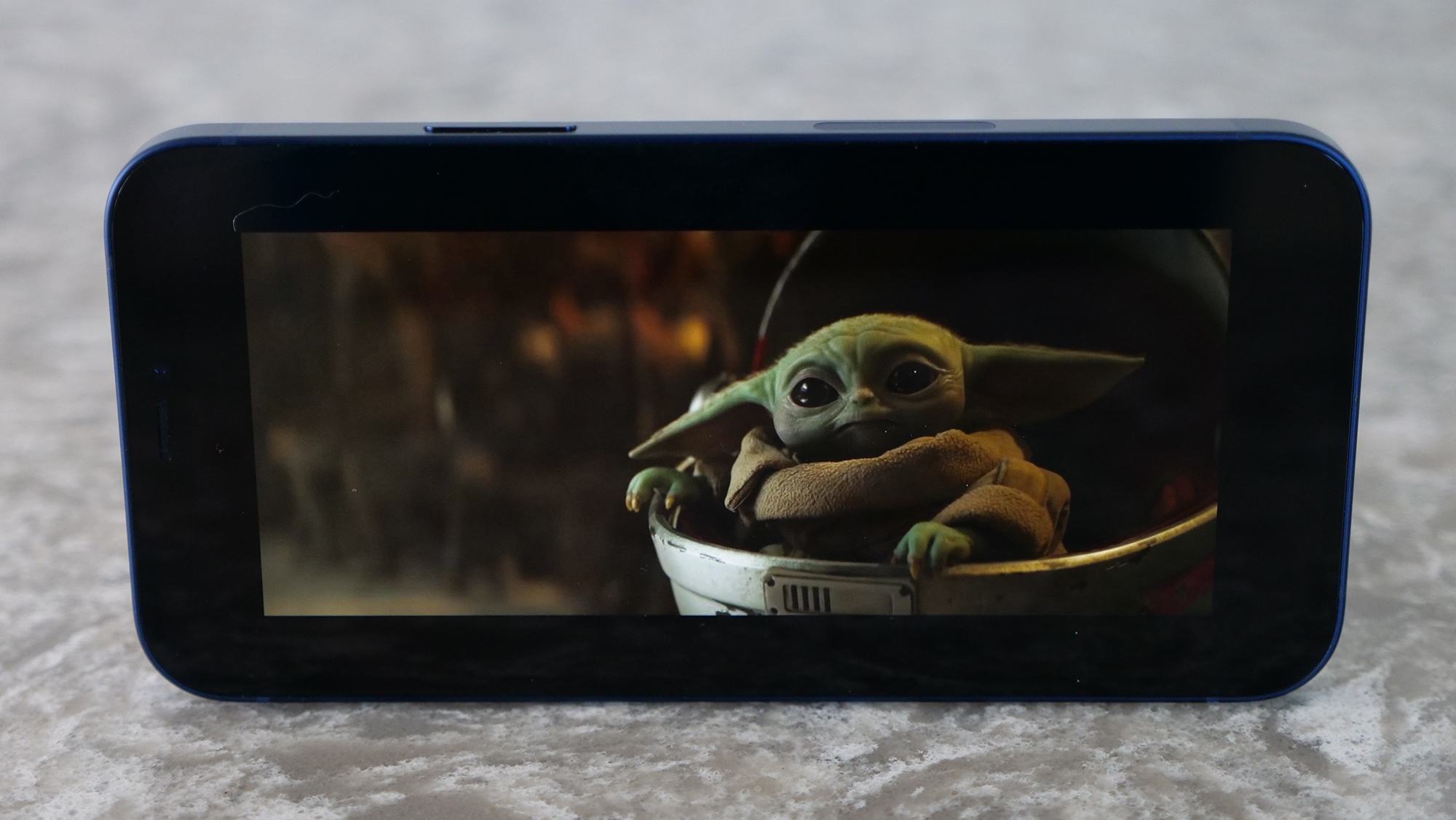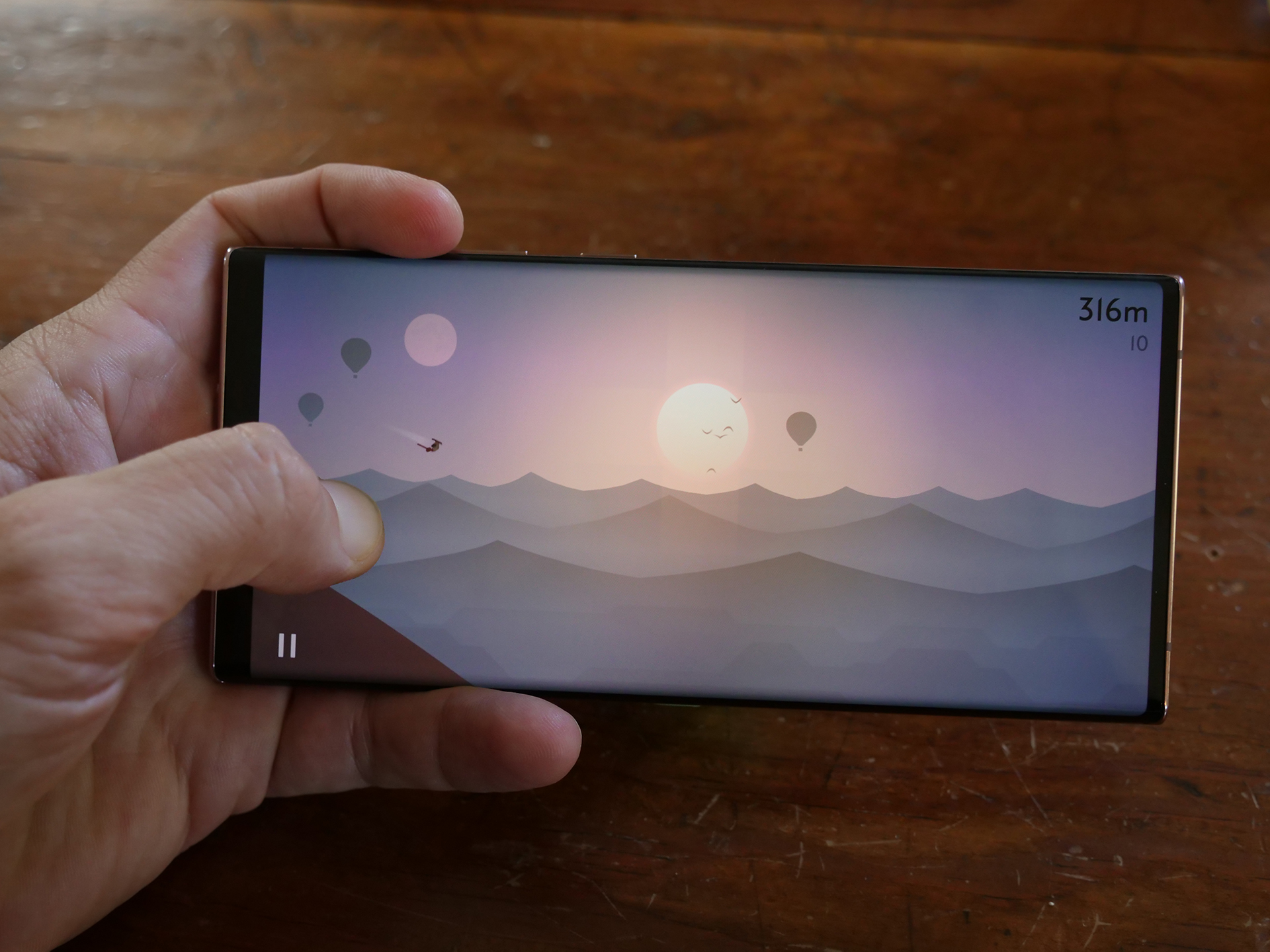iPhone 13 display may double the speed of the iPhone 12 — should you care?
iPhone 13 Pros could match the best from Samsung next year

Apple made some nice improvements to the displays in the iPhone 12 lineup this year, moving to OLED across all four of its phones and delivering excellent HDR performance. However, they can't live up to what's happening on the Android side with 90Hz and 120Hz refresh rate displays that offer similar, if not better, image quality.
If new supply chain rumors from Korean site TheElec are accurate, some of Apple's iPhone 13 lineup will finally make the move to higher refresh rates in 2021 using low-temperature polycrystalline oxide (LTPO) OLED displays capable of variable refresh rates (via TechRadar).
- iPhone 12 Pro review: foreshadowing the future
- iPhone 12 review: Still the best all-around smartphone
- Apple Black Friday deals 2020: Discounts on MacBook, iPad, AirPods and more
Apple is well aware of the advantages of high refresh rate displays; it's been using them on the iPad Pros since 2017 with ProMotion branding, and numerous rumors ahead of the iPhone 12 launch pointed to the company introducing them this year. High refresh and touch sampling rates yield a much smoother and more responsive look and feel, something Apple values greatly.
The exact reasoning for Apple scrapping its plans to include them in the iPhone 12 isn't entirely clear, but battery life has been one theory put forth. That is certainly plausible given the hit the iPhone 12 took in battery life due to the introduction of 5G. It's hard to imagine that those phones would have been able to take the additional impact of a 120Hz display.

These aren't simply going to be high refresh rate displays, they will be using the same LTPO tech that allowed Samsung to offer a variable or adaptive refresh rate on the Galaxy Note 20 Ultra this year. That lets the display scale the refresh rate up or down depending on the content on the screen. It goes from 120Hz down to 10Hz in the case of the Galaxy Note 20 Ultra. This gives you the benefit of the high refresh rate without sacrificing battery life.
The rumor says the feature will be limited to the iPhone 13 Pro models, which would make for a much more significant break between the standard and Pro lines next year. It also suggests Apple may be looking to consolidate its displays to LG next year rather than splitting between LG and Samsung.
This was one of our few complaints with the iPhone 12 Pro and iPhone 12 Pro Max this year, so it's good to see continued confirmation that Apple will correct this for 2021, but naturally, we're hearing Samsung has some display improvements of its own for the Galaxy S21.
Sign up to receive The Snapshot, a free special dispatch from Laptop Mag, in your inbox.
Sean Riley has been covering tech professionally for over a decade now. Most of that time was as a freelancer covering varied topics including phones, wearables, tablets, smart home devices, laptops, AR, VR, mobile payments, fintech, and more. Sean is the resident mobile expert at Laptop Mag, specializing in phones and wearables, you'll find plenty of news, reviews, how-to, and opinion pieces on these subjects from him here. But Laptop Mag has also proven a perfect fit for that broad range of interests with reviews and news on the latest laptops, VR games, and computer accessories along with coverage on everything from NFTs to cybersecurity and more.

